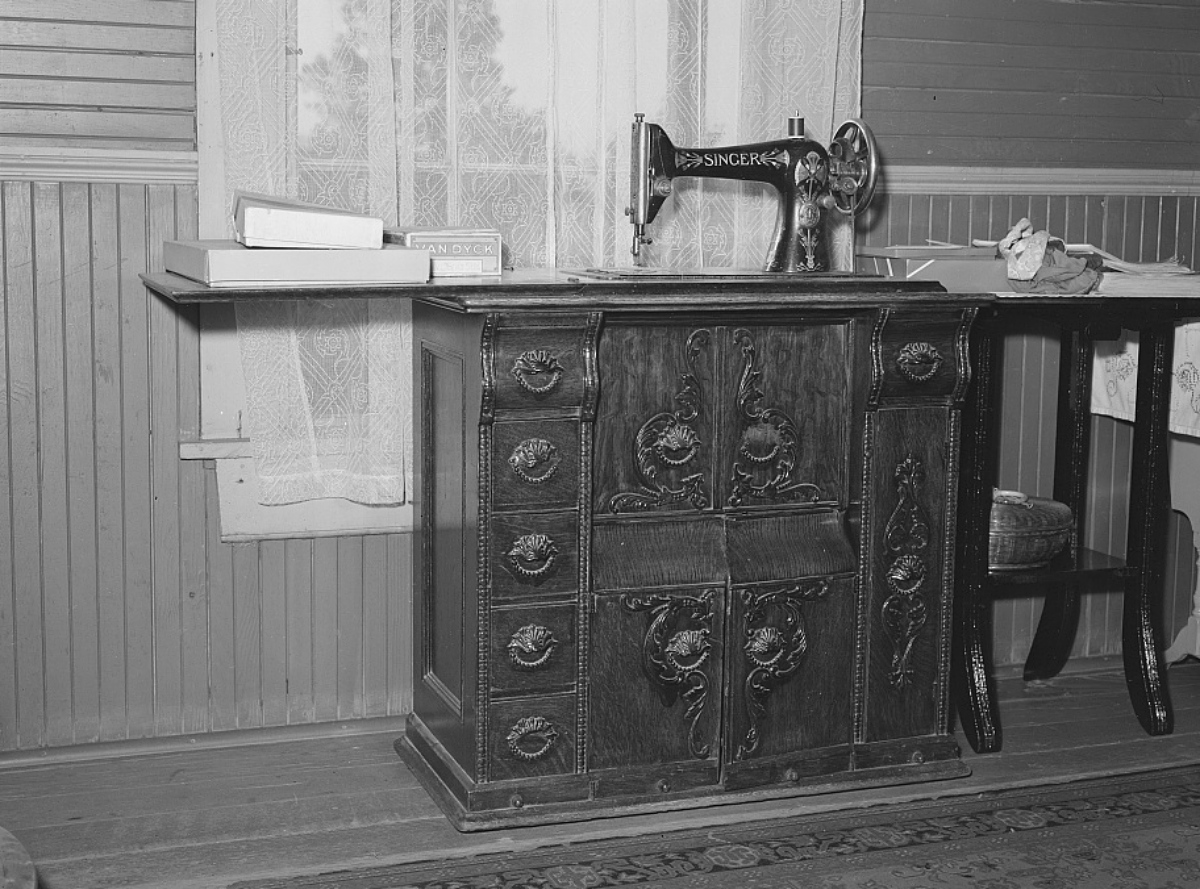How to Make Do and Mend According to a 1943 Film Reel
Even with fresh fabric many sewists couldn’t make these clothes today.
Newsreels were a prime source of news during World War II, as the pre-television era offered only newspapers and radio as alternatives and not everyone had the latter. These short films were shown before feature films in theaters, one of the main entertainments of the era. Historians have said that in Britain, where austerity measures were quite rigorous, many people felt resentful of the “make-do-and-mend” scheme, as they were weary of the shortages and constant scrimping. However, there were some who took pride in devising new ways to make the most of every food scrap, every inch of fabric, and every spare button. In today’s market Harrods is one of the top luxury department stores in the world, but back in 1943 it played host to a Make-do-and-mend fair arranged by the Board of Trade and showed how to scrimp with your spending.

This event showed shoppers how to make use of mere scraps and strips of fabric to make useful objects. There was a display on how to turn old sacking and 2 chairs into a crib for baby in an exhibit called “The Wartime Layette”.
A special attachment for sewing machines allowed sewists to very quickly mend big holes in fabric and this was being demonstrated at Harrods as well. Despite the unsightly appearance of this type of mending, there was no denying that it got the job done which worked well for larger things like curtains, kitchen towels, or old blankets.

Many homemakers were working with machines from the Edwardian period through the 1920s, but even newer machines wouldn’t adopt zig zag stitches until the 1960s. This meant that a tool that allowed one to darn by machine (using a straight stitch) was exceptionally useful at the time.
The displays included a fashion show where women modeled garments such as a crazy quilt style dressing robe made from scraps, a skirt suit made from a man’s suit, and a wool dress patched together in a charming pattern from a pair of men’s pants. Of course, these feats took real skill to make and design, and not everyone had that kind of time or knowledge.

To ease some of the doubt the emcee of the fashion show pointed out to the audience that, “you may be reassured that all garments made in make-do-and-mend are entirely exclusive”.
Have a look at how the British government aimed the make-do-and-mend scheme at even the wealthiest of their citizens in the video below.
SKM: below-content placeholderWhizzco for DOT

